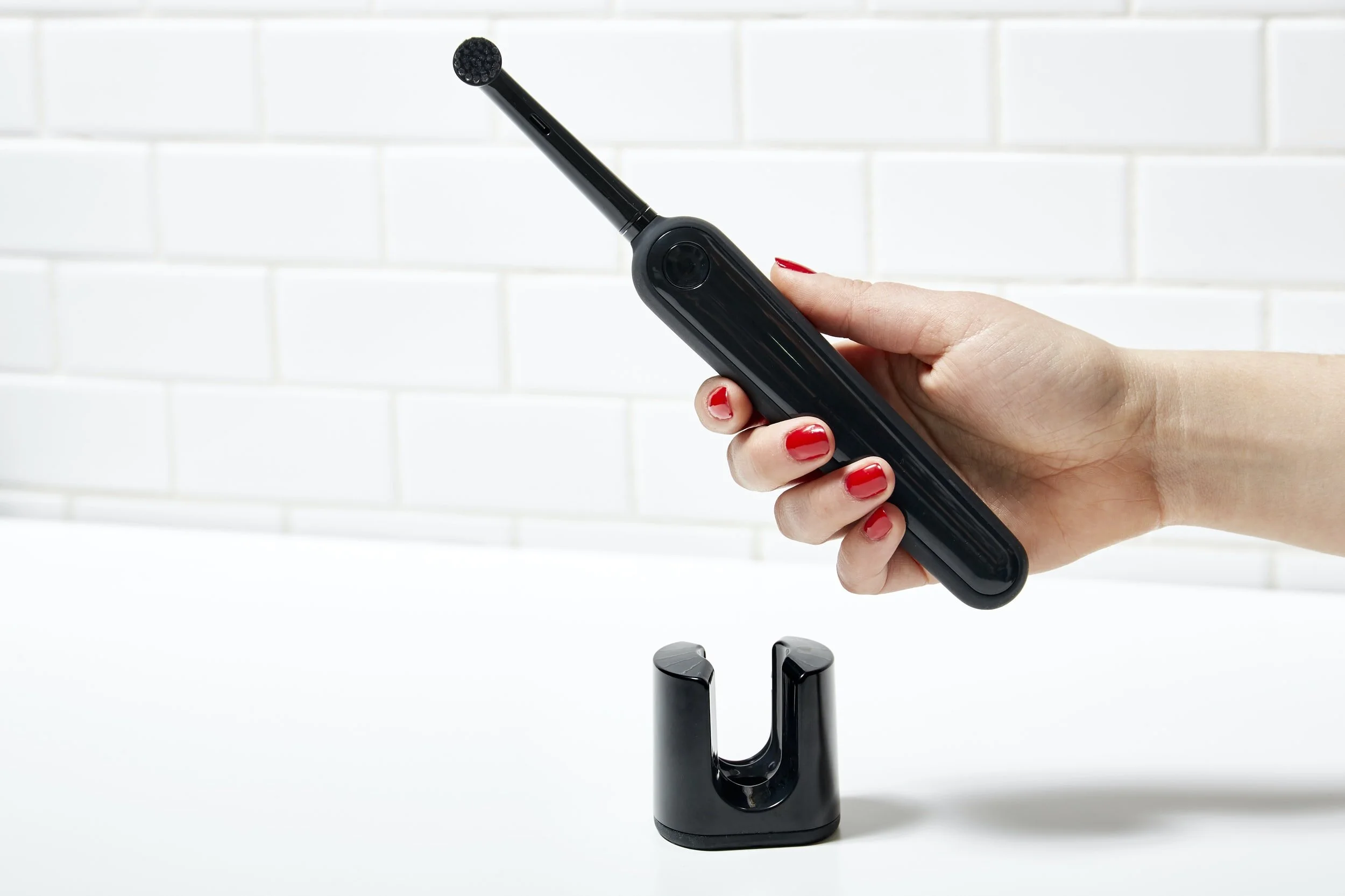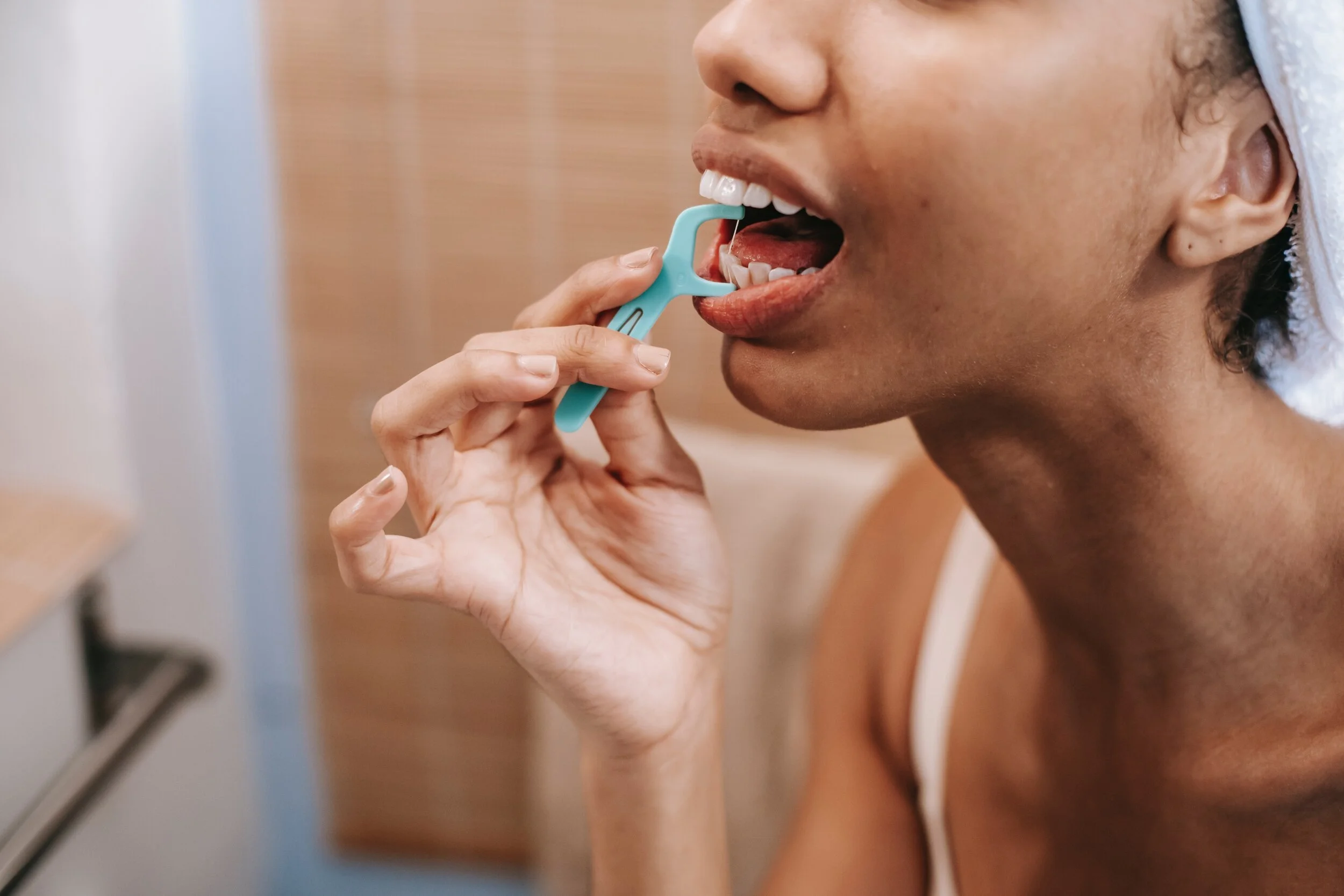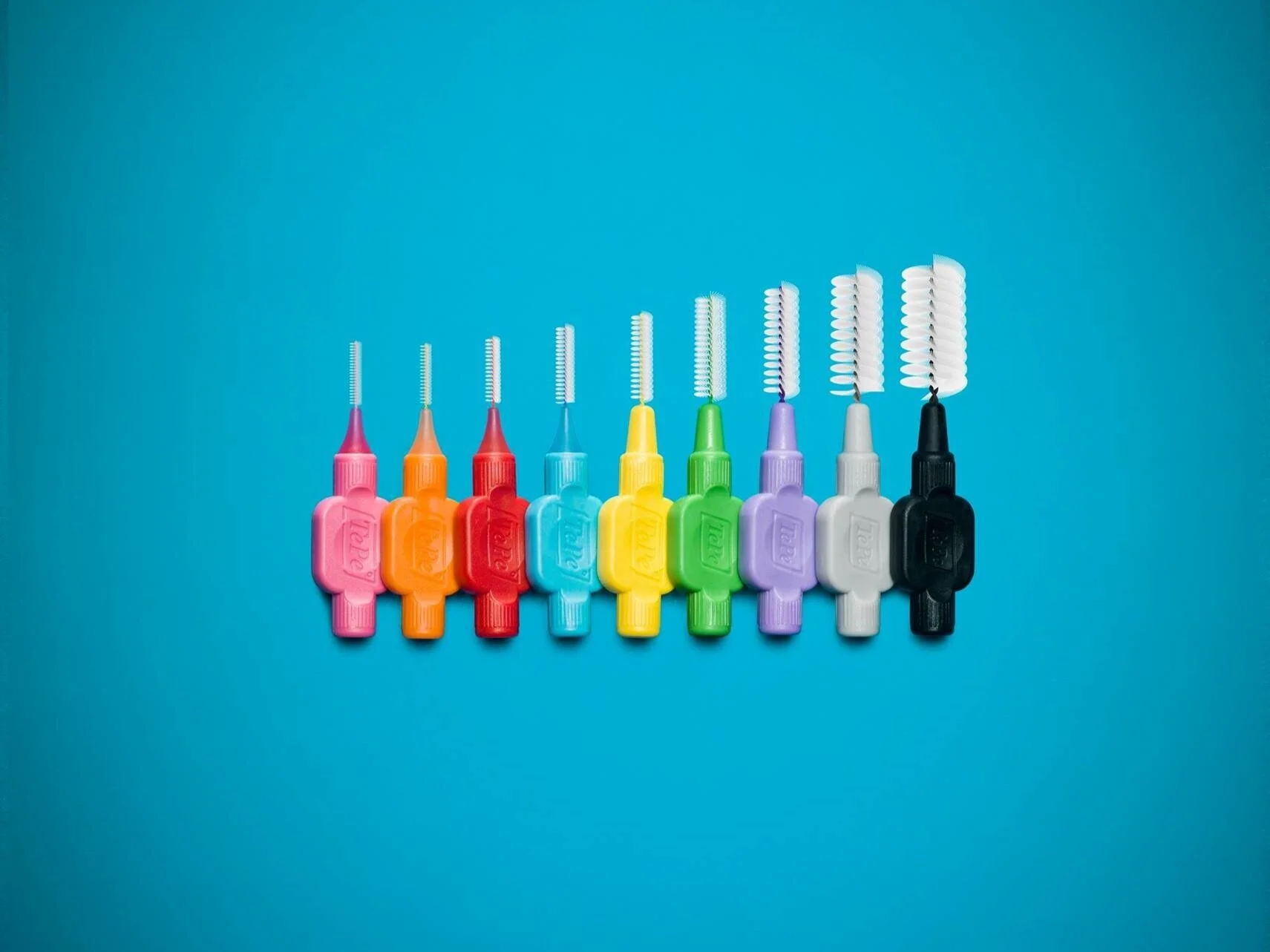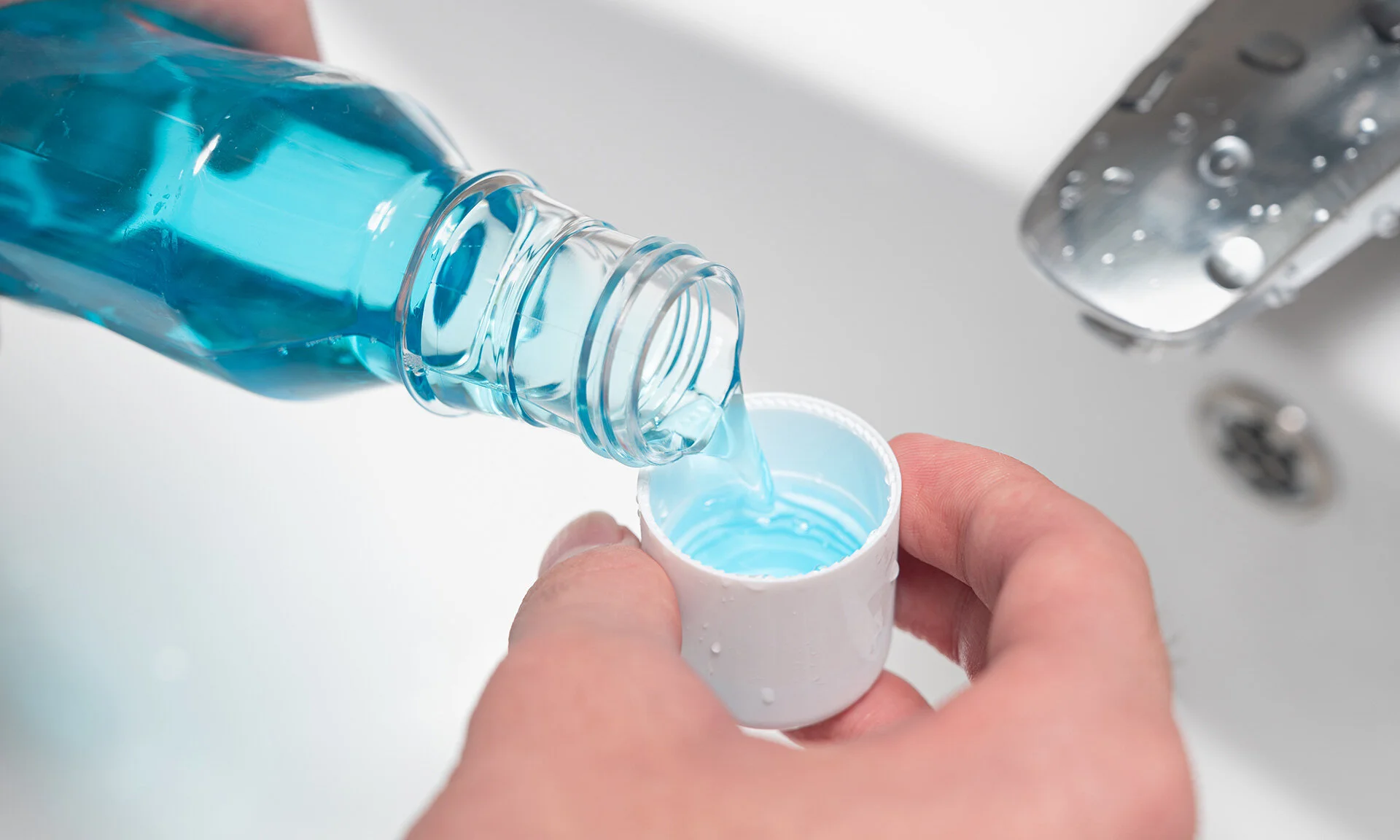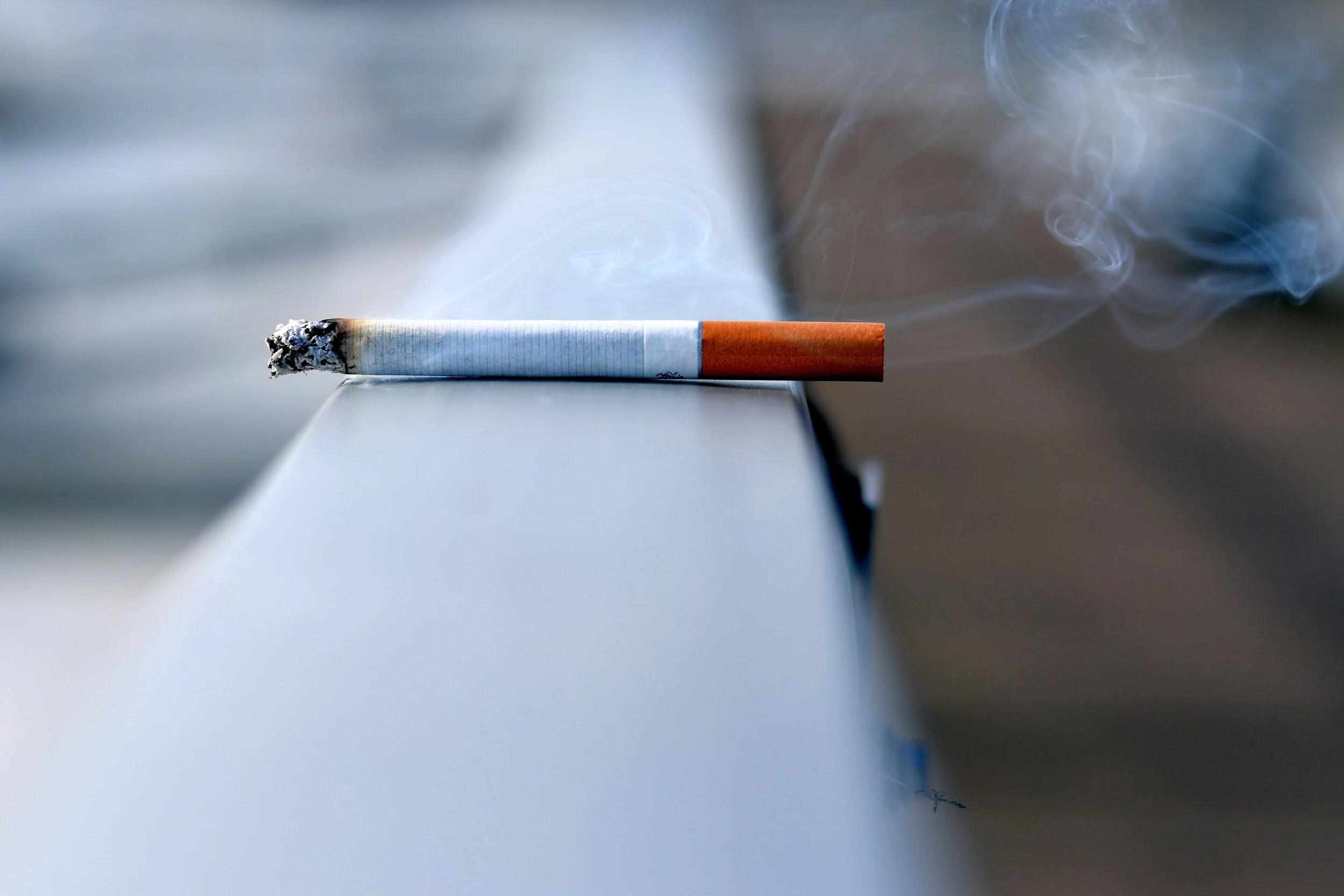
Oral Health Advice
Brushing your Teeth
Use circular motions to brush the front, back and biting surfaces of the teeth. The bristles of the brush should be held at the margin where the teeth meet the gums at a 45 degree angle to ensure that you brush the gums also at the same time. A good technique should take around 2 minutes. The gums may bleed slightly. This is normal and should resolve once the gums become healthy again.
Power Brushing
Electric tooth brushes have been shown to be more effective than manual brushes. Angle the bristles at 45º to the gum line. There is no need to scrub – hold the brush in position, and after a few seconds sweep the bristles away from the gum. Repeat around the outer and inner surfaces of all teeth.
Particularly effective inter-dentally. The whole procedure should take about 2 minutes.
Flossing your Teeth
Debris accumulates between the teeth. If not removed, bacteria will develop and plaque will form. This increases the risk of decay and gum disease. Use the floss with a vertical action until all the plaque is removed. Work the floss gently under the gum. Do not use the floss in a sawing action. The gums may bleed slightly. This is normal and should resolve once the gums become healthy again.
Brushing with Interdental Brushes
The TePe interdental brush is used to clean in between teeth. This is particularly important when you have gum disease. Turning the brush on insertion will help access. Used daily, it removes plaque and food debris where your usual brush cannot reach. For spaces at the back of the mouth, bend the brush in a slight curve but never at right angles, this will help you access the more difficult-to-reach areas.
A choice of 8 colour-coded sizes is available to help clean different sized spaces.
Using Mouth Rinses
Plaque build-up can lead to inflamed gums (gum disease). A mouth rinse can help by removing the plaque, and reducing the inflammation. Although mouth rinses should only be used as an adjunct (and not a substitute) to tooth brushing and flossing.
Smoking
Smoking has many adverse affects on oral health. Increased plaque, tartar and staining, furring of the tongue (increasing bad breath), reduced blood flow to the gums, gum recession, bone loss around the teeth and eventual tooth loss.
Smoking is a risk factor for periodontal disease (advanced gum disease).
Smoking is also a risk factor for mouth cancer which can lead to death.
